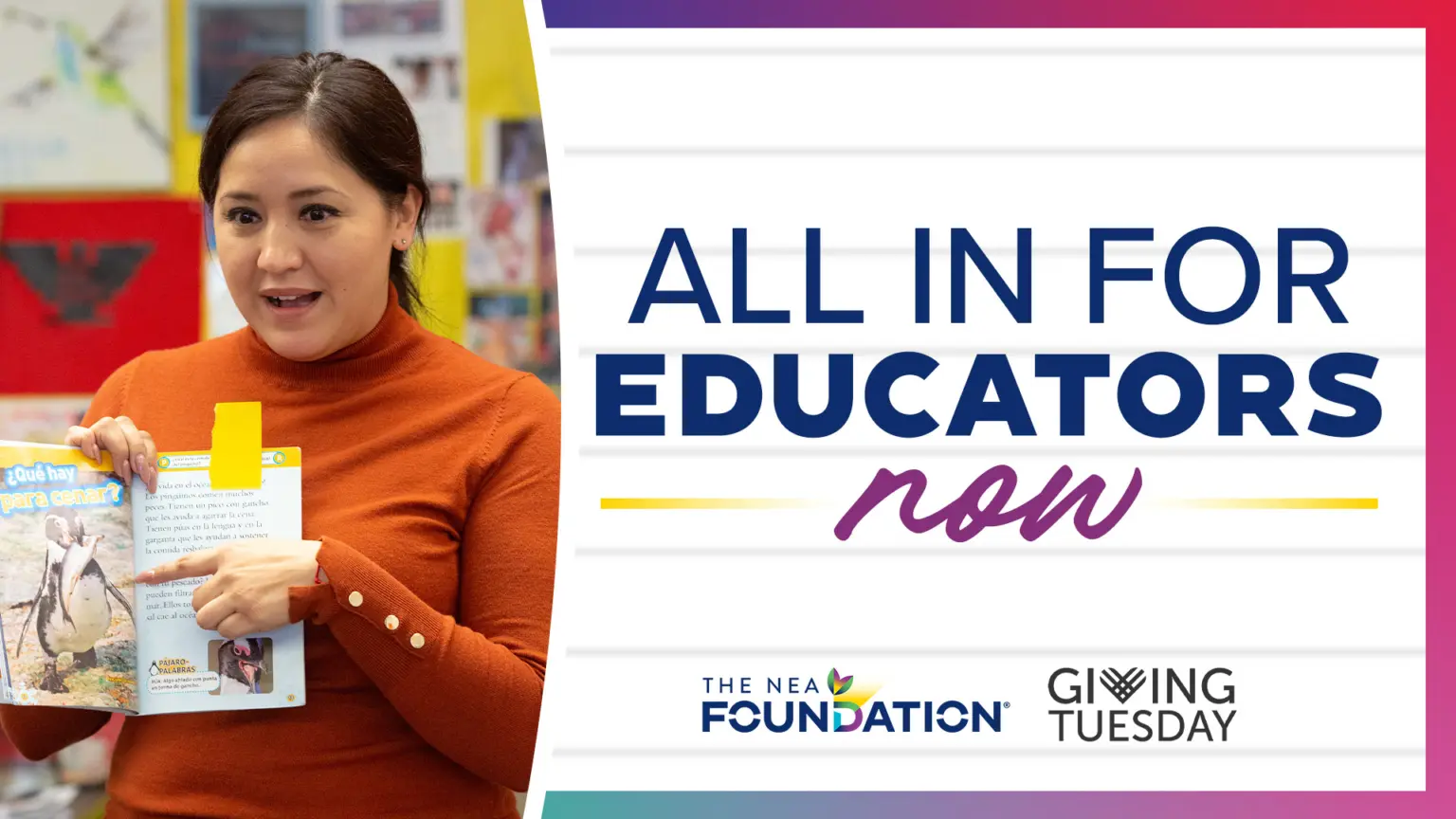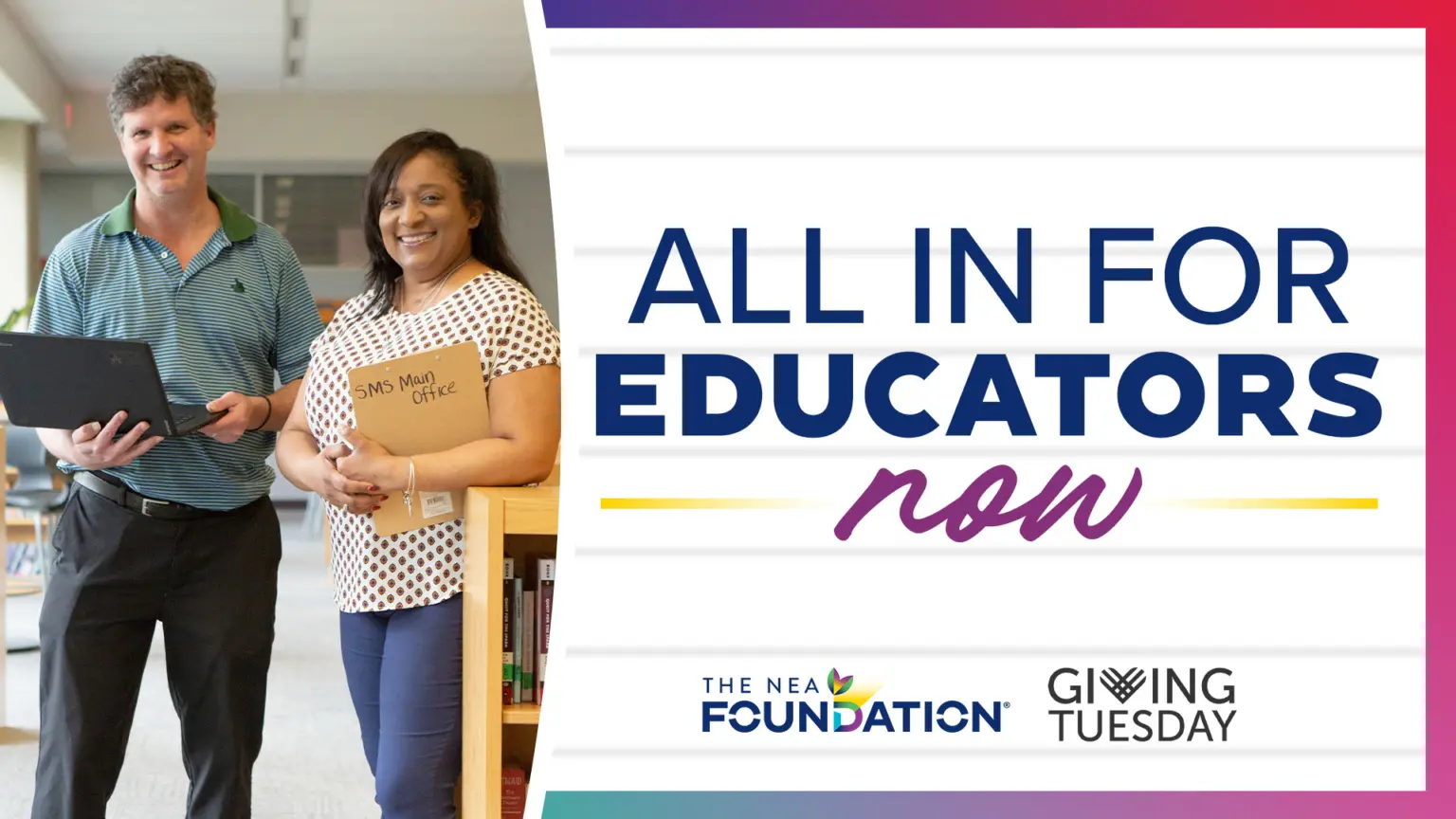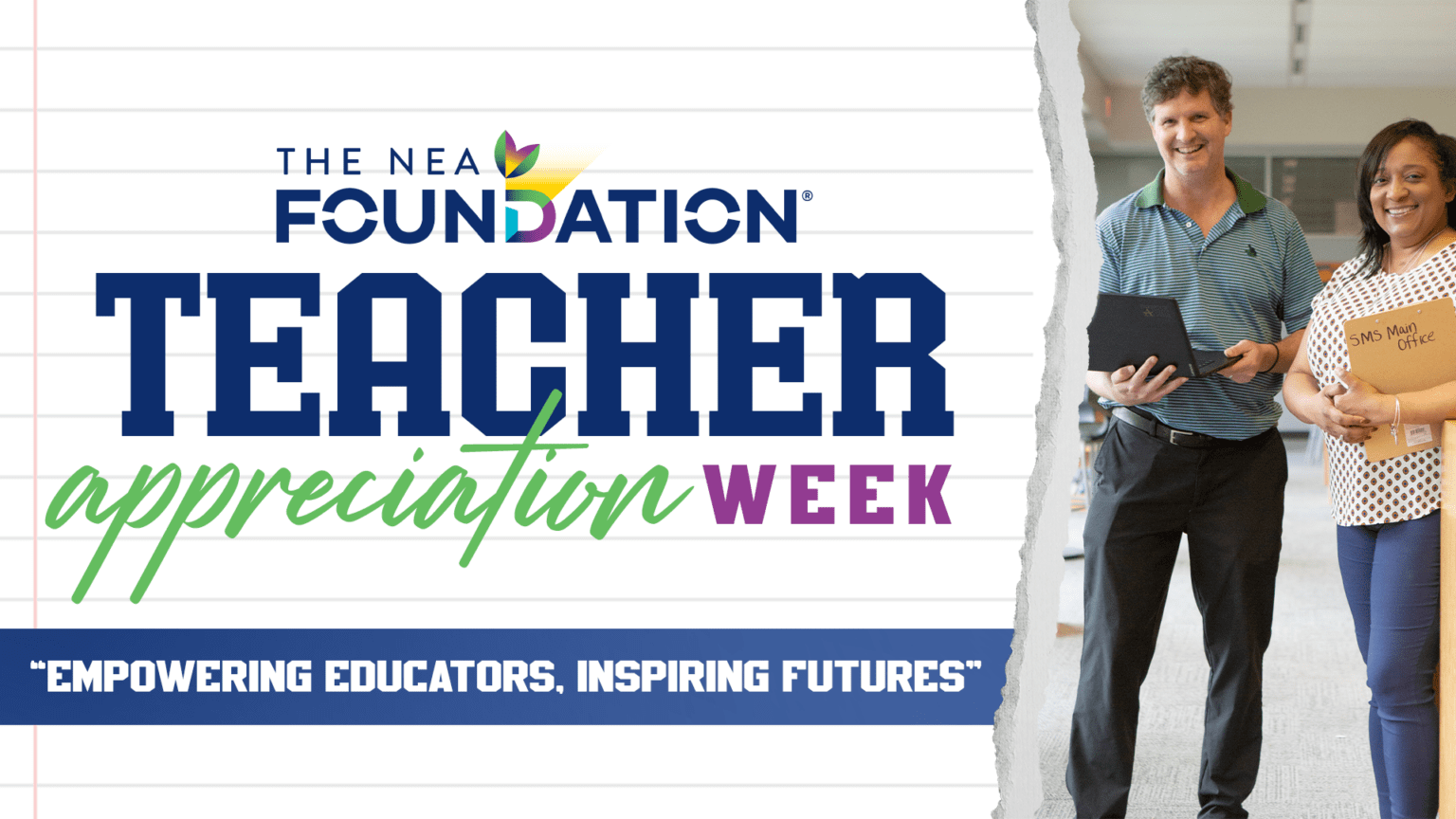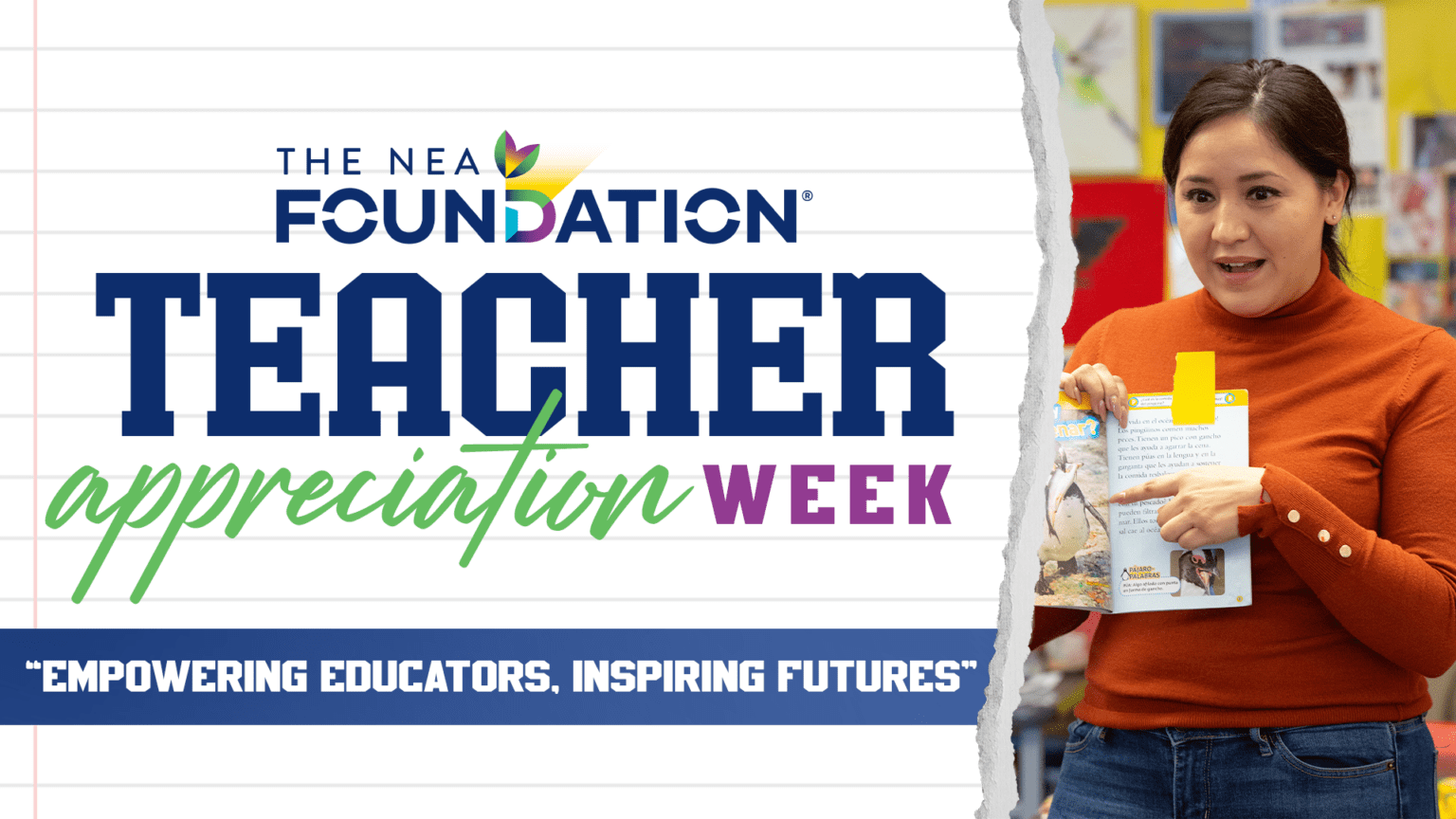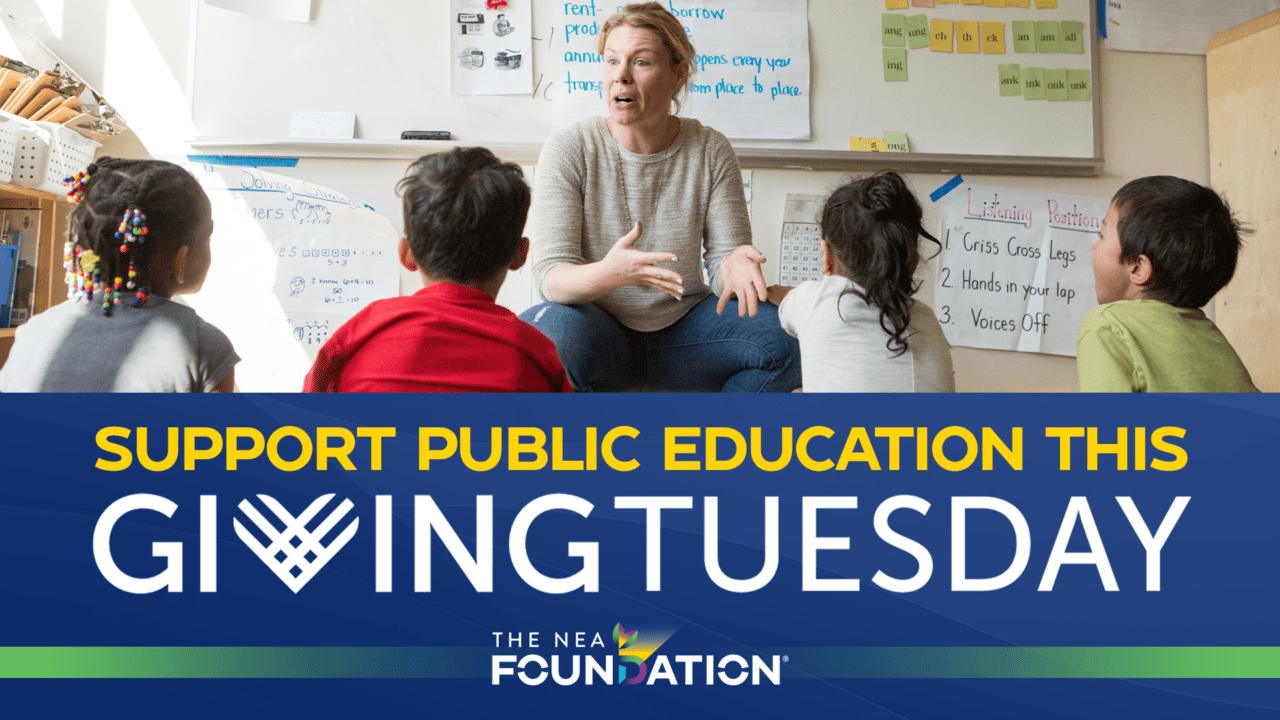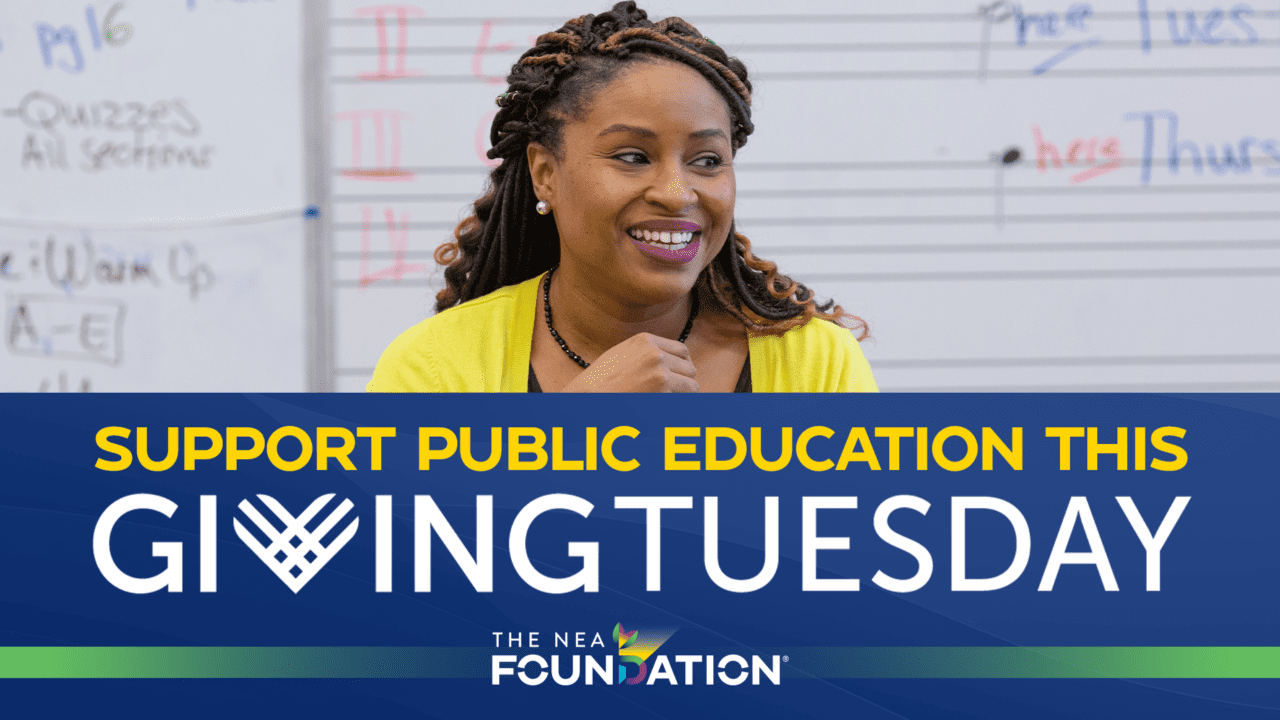By Karen Toavs, a 2013 NEA Foundation-Pearson Foundation Global Learning Fellow and a member of the North Dakota Education Association
Searching for new and exciting ways to inspire student energy has always been an instructional focus of mine. The notion of authentic student products and presentations has been a driving mechanism in the middle and high schools where I have worked, so my challenge with every unit has focused on real-world connections. An inspiring principal I used to work with often said, “Teachers do the best they can with what they know.” As I reflect on my work the past year, this statement certainly rings true of my own work. I can honestly say I didn’t know what I didn’t know. I designed engaging units with project-based products and frequently brought multicultural texts into my literature classes. Last January, I was honored to be recognized as a 2013 NEA Foundation- Pearson Global Fellow. It was exciting to be recognized for excellence in teaching. For me, this selection was directly tied to the curriculum work I had accomplished at a district and state level. I entered the Fellowship thinking I was on the right educational track, and in many ways I was moving in the right direction, just much more slowly than I realized.
As a part of the fellowship program, I was submerged in educational conversations about global perspectives and global competencies. Prior to this I had believed teaching multicultural texts was enough to prepare my students for the modern world. While diverse texts can inspire students to broaden their perspectives, this alone does not generate a passion for global citizenship. Our key Fellowship experience was visiting a variety of schools in Brazil, learning about the educational challenges Brazilian teachers and students encounter as they strive to create quality learning experiences. The students’ energy was captivating and I found myself wondering how I could inspire my students to be curious about the world. As I started reviewing my units and lessons for the start of another school year, I finally realized how much of my material was focused on the American perspective.
While I still believe there is value in national pride and identity, I now want my students to be able to step back and consider issues from a global perspective. I designed “The Power of Homelands” as my first unit introducing the challenges of global citizenship to students in my world literature class. This mini unit introduces diaspora literature, exploring the struggles and experiences of those populations displaced from their homelands. The mini unit is scheduled for an entire week because I felt I would need time to establish students’ feelings about their own homes, build empathetic conversation about the importance of homes, and reveal current global problems related to population displacement. After establishing these foundations, I would then be able to launch into compelling world literature, connecting students to many global issues throughout the term.
I began my world literature class this year with “The Power of Homelands” and I have been absolutely inspired by my students’ responses. Not only have they become curious about the world, but they are centrally interested in making a difference. They have greater appreciation for American culture, but also deep respect for the cultures we have studied. My students are interested in the world, along with its strengths and weaknesses. They want to find ways to contribute to global success. They do not view the global stage as an area of competition, but an arena for unlimited problem solving. Now I find myself searching for ways to keep up with their global thinking; an instructional challenge that is truly rewarding.
To replicate Karen’s lesson plan in your classroom and to discover new great global lesson ideas created by our Global Learning Fellows, check out their open-source materials on our network page on BetterLesson.com.


